
Source
Hablar sobre el simbolismo que encierra la trilogía de la existencia humana nos lleva a una profunda reflexión sobre la naturaleza de ser. Para comprender nuestra identidad, es esencial reconocer que para ser uno, debemos ser siempre tres.
Esto implica que nuestra existencia es el resultado de la unión de al menos dos personas, lo que genera la singularidad de ser tres. Aunque la ciencia moderna ha permitido que una mujer pueda convertirse en madre sin el contacto físico con un hombre, como en el caso de la inseminación artificial, siempre habrá un componente de origen que nos recuerda que la creación implica la participación de otros.
Incluso en los partos múltiples, donde varios individuos nacen al mismo tiempo, cada uno sigue siendo un ser único, pero su existencia está intrínsecamente ligada a la de sus progenitores, lo que reafirma que siempre hay un mínimo de tres: el individuo y sus padres.
Este concepto también se refleja en la religión, donde encontramos la idea de la Santa Trinidad, que simboliza la unión de tres entidades en una sola. En nuestra vida cotidiana, somos seres equilibrados cuando aceptamos que nuestra existencia se compone de tres elementos fundamentales: el cuerpo, la mente y el espíritu.
Esta creación analógica del ser, tal como se describe en muchas tradiciones espirituales, se basa en la combinación de agua, tierra y el soplo de vida. Además, nuestra realidad se manifiesta en tres dimensiones: alto, ancho y largo.
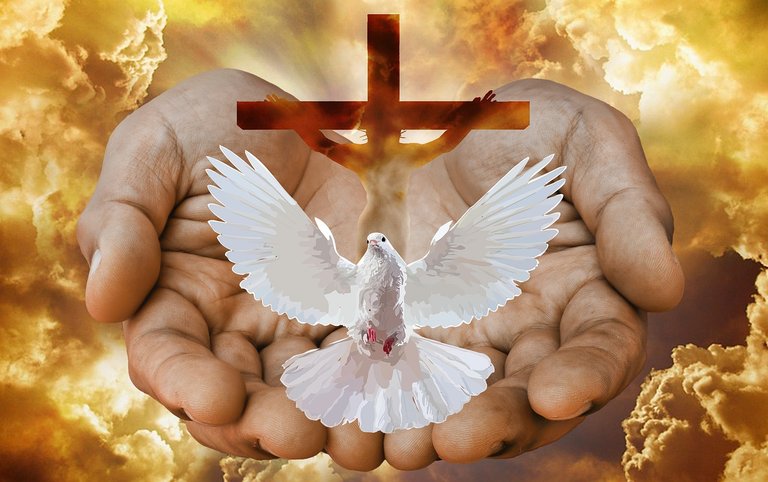
Source
Estas son solo algunas de las infinitas formas en que se puede entender que nada es simplemente unidad o dualidad; siempre hay un tercer elemento que completa la existencia.
vEn las relaciones interpersonales, esta dinámica se hace evidente. Cuando nos unimos a otros, creamos lazos que involucran no solo a nuestro yo individual, sino también a la otra persona y a lo que nos une: cariño, amor, deseo, entre otros.
Sin embargo, también existen fuerzas que pueden desunirnos, como el odio, la mentira o el rechazo. Aunque podamos pensar que un grupo de personas compartiendo ideas y pensamientos es una inmensa unidad, siempre habrá un punto de partida en nuestra individualidad.
Esta individualidad se relaciona con el contexto en el que nos encontramos, ya sea de aceptación o repudio, y nos convierte en pequeños puntos que se atraen hacia diferentes polaridades. Algunas de estas polaridades son positivas, como el bienestar, mientras que otras pueden ser negativas, como el conflicto.
Para que exista un conflicto, incluso dentro de nuestra propia mente, se requieren tres elementos: el yo, el entorno y la necesidad. Nos limitamos a nosotros mismos al aceptar que el exterior nos supera, lo que nos lleva a una forma de estipulación.
En última instancia, todos buscamos descubrir al ser que habita en nosotros. Aunque todos somos seres vivos, no todos logramos entender quiénes somos realmente. Esta búsqueda nos lleva a fundamentar nuestra identidad en dogmas religiosos, conductas y consensos sociales. La pregunta fundamental es: ¿quiénes somos realmente? Este es el error que muchos cometemos al intentar ser lo que la sociedad espera de nosotros, en lugar de ser auténticos.
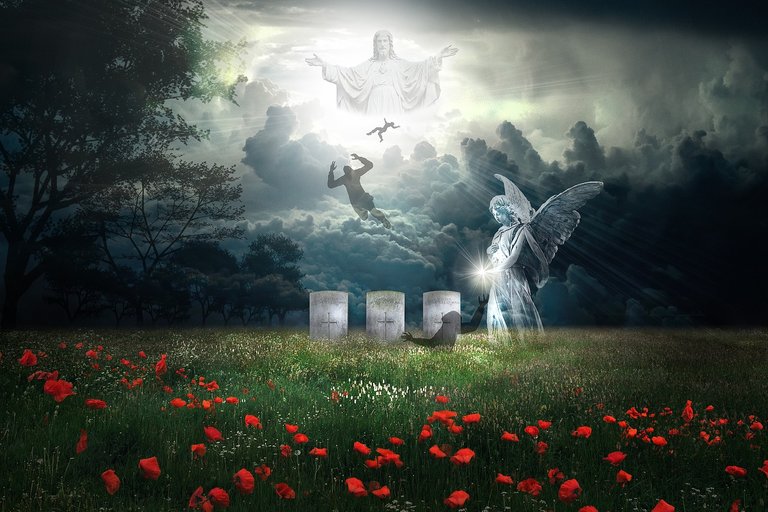
Source
La presión por cumplir con un prototipo idealizado de ser humano, impuesto por la sociedad, nos lleva a actuar de maneras que no siempre reflejan nuestra verdadera esencia. Las religiones, a menudo, establecen fundamentos éticos y morales que pueden convertirse en cadenas, limitando nuestra libertad de ser.
vSi bien el creador nos formó desde una perspectiva tripartita, donde el equilibrio es esencial, debemos alimentar nuestro cuerpo, mente y espíritu de manera equitativa. La comprensión de que debemos ver, pensar y luego expresarnos en consecuencia a la realidad que nos rodea es fundamental.
No tiene sentido vestir nuestro cuerpo de manera uniforme para enfrentar el mal si no aceptamos que el mal también reside en nosotros. Del mismo modo, llenar nuestra mente con conceptos espirituales sin permitir que nuestro espíritu se libere en armonía con los demás es un ejercicio vacío.
Lo que hacemos, apelando al imperativo del yo, puede parecer correcto, pero si vivimos en función de nuestras propias ideas sin aceptar al prójimo, estamos limitando nuestra capacidad de crecimiento. El diálogo sobre el disenso debe ser visto como una oportunidad de aprendizaje, no como un motivo de censura.
La religión a menudo nos enseña a vivir para morir en la gracia de Dios, pero en realidad, Dios nos dio vida para vivir en armonía con la humanidad. Cada minuto de existencia debe ser valorado, y no debemos permitir que el miedo, la tristeza o la culpa nos dominen.
La idea de que el creador nos otorgará vida eterna no debe ser un pretexto para infundir terror en nuestros hijos sobre el castigo después de la muerte. La trilogía de la existencia es simple: nacer, vivir y morir. Uno más uno es tres, ya que siempre hay algo que nos une, aunque sea invisible.
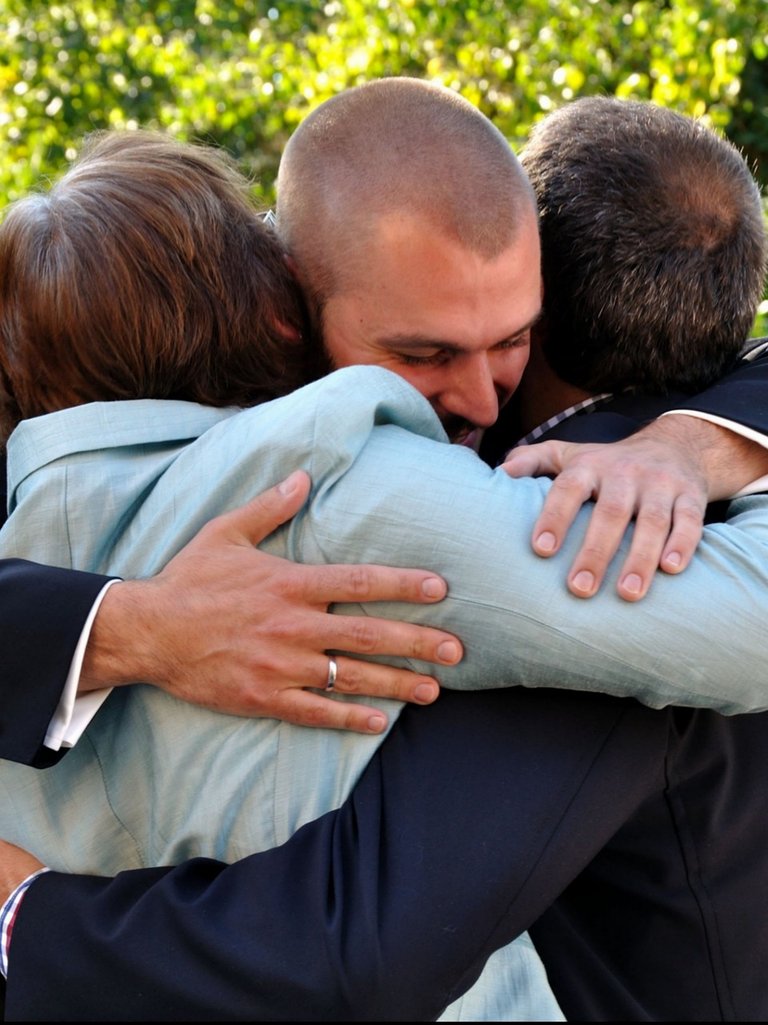
Source
Talking about the symbolism of the trilogy of human existence leads us to a profound reflection on the nature of being. To understand our identity, it is essential to recognise that to be one, we must always be three.
This implies that our existence is the result of the union of at least two persons, which generates the uniqueness of being three. Although modern science has made it possible for a woman to become a mother without physical contact with a man, as in the case of artificial insemination, there will always be a component of origin that reminds us that creation involves the participation of others.
Even in multiple births, where several individuals are born at the same time, each remains a unique being, but its existence is intrinsically linked to that of its parents, reaffirming that there is always a minimum of three: the individual and its parents.
This concept is also reflected in religion, where we find the idea of the Holy Trinity, symbolising the union of three entities into one. In our daily lives, we are balanced beings when we accept that our existence is composed of three fundamental elements: body, mind and spirit.
This analogue creation of being, as described in many spiritual traditions, is based on the combination of water, earth and the breath of life. Furthermore, our reality manifests in three dimensions: height, width and length.
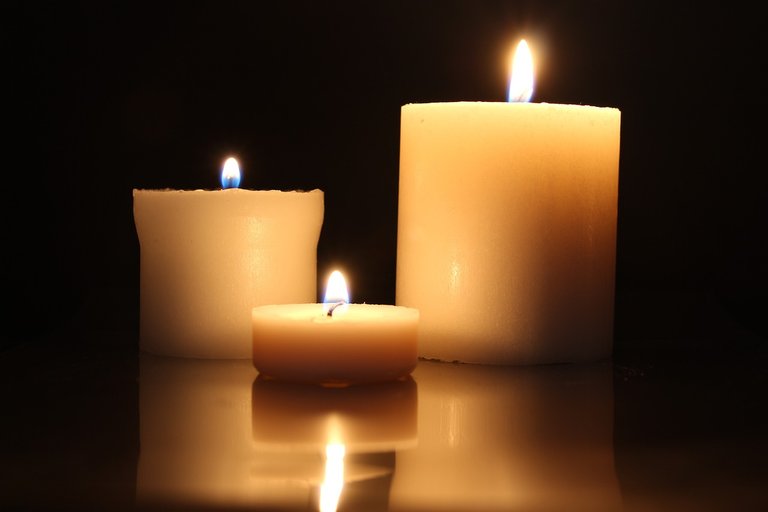
Source
These are just a few of the infinite ways in which it can be understood that nothing is simply unity or duality; there is always a third element that completes existence.
In interpersonal relationships, this dynamic becomes evident. When we join with others, we create bonds that involve not only our individual selves, but also the other person and what binds us together: affection, love, desire, and so on.
However, there are also forces that can tear us apart, such as hatred, lies or rejection. Although we may think of a group of people sharing ideas and thoughts as an immense unity, there will always be a starting point in our individuality.
This individuality relates to the context in which we find ourselves, whether of acceptance or repudiation, and makes us into little dots that are attracted to different polarities. Some of these polarities are positive, such as well-being, while others can be negative, such as conflict.
For conflict to exist, even within our own mind, three elements are required: self, environment and need. We limit ourselves by accepting that the outside is beyond us, which leads to a form of stipulation.
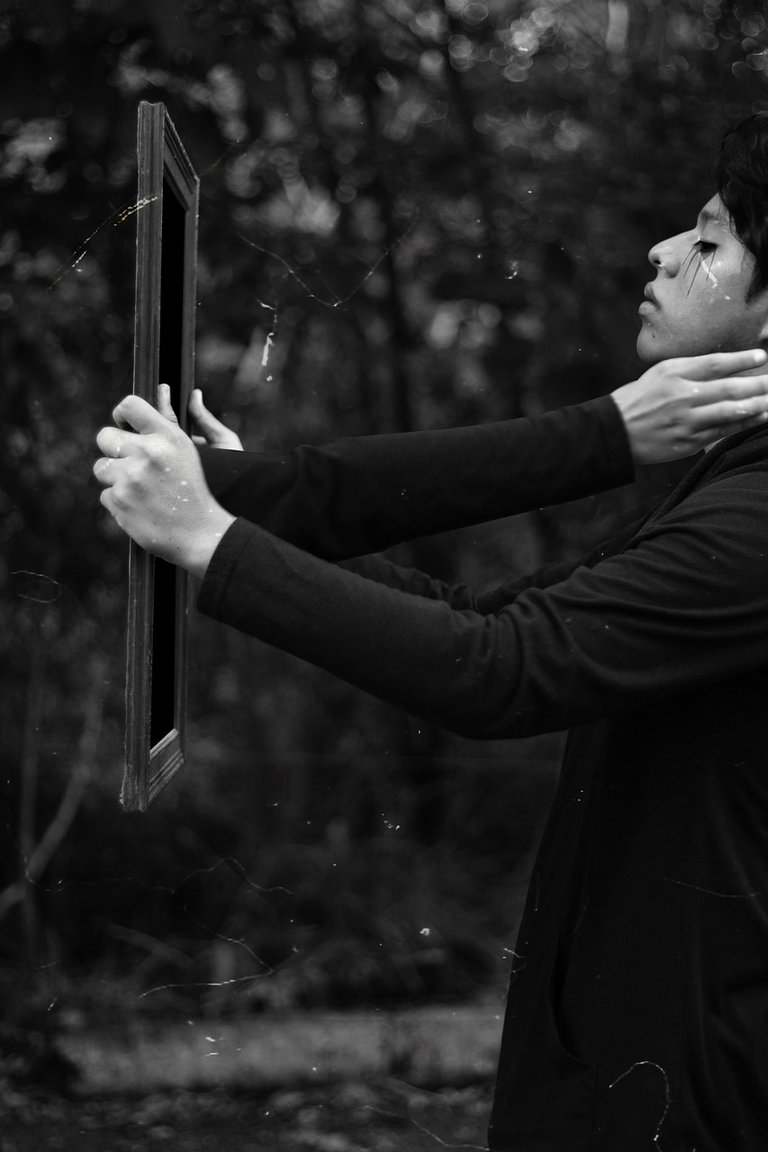
Source
Ultimately, we all seek to discover the self that dwells within us. Although we are all living beings, we do not all succeed in understanding who we really are. This search leads us to base our identity on religious dogmas, behaviours and social consensus. The fundamental question is: who are we really? This is the mistake many of us make in trying to be what society expects of us, rather than being authentic.
The pressure to conform to an idealised prototype of being human, imposed by society, leads us to act in ways that do not always reflect our true essence. Religions often establish ethical and moral foundations that can become chains, limiting our freedom to be.
While the creator formed us from a tripartite perspective, where balance is essential, we must nurture our body, mind and spirit equally. The understanding that we must see, think and then express ourselves accordingly to the reality around us is fundamental.
There is no point in dressing our bodies evenly to deal with evil if we do not accept that evil also resides within us. Similarly, filling our mind with spiritual concepts without allowing our spirit to be released in harmony with others is an empty exercise.
What we do, appealing to the imperative of self, may seem right, but if we live according to our own ideas without accepting others, we are limiting our capacity for growth. Dialogue about dissent should be seen as a learning opportunity, not as a reason for censure.
Religion often teaches us to live to die in God's grace, but in reality, God gave us life to live in harmony with humanity. Every minute of existence must be cherished, and we must not allow fear, sadness or guilt to dominate us.
The idea that the creator will grant us eternal life should not be a pretext for instilling terror in our children about punishment after death. The trilogy of existence is simple: to be born, to live and to die. One plus one is three, for there is always something that unites us, even if it is invisible.